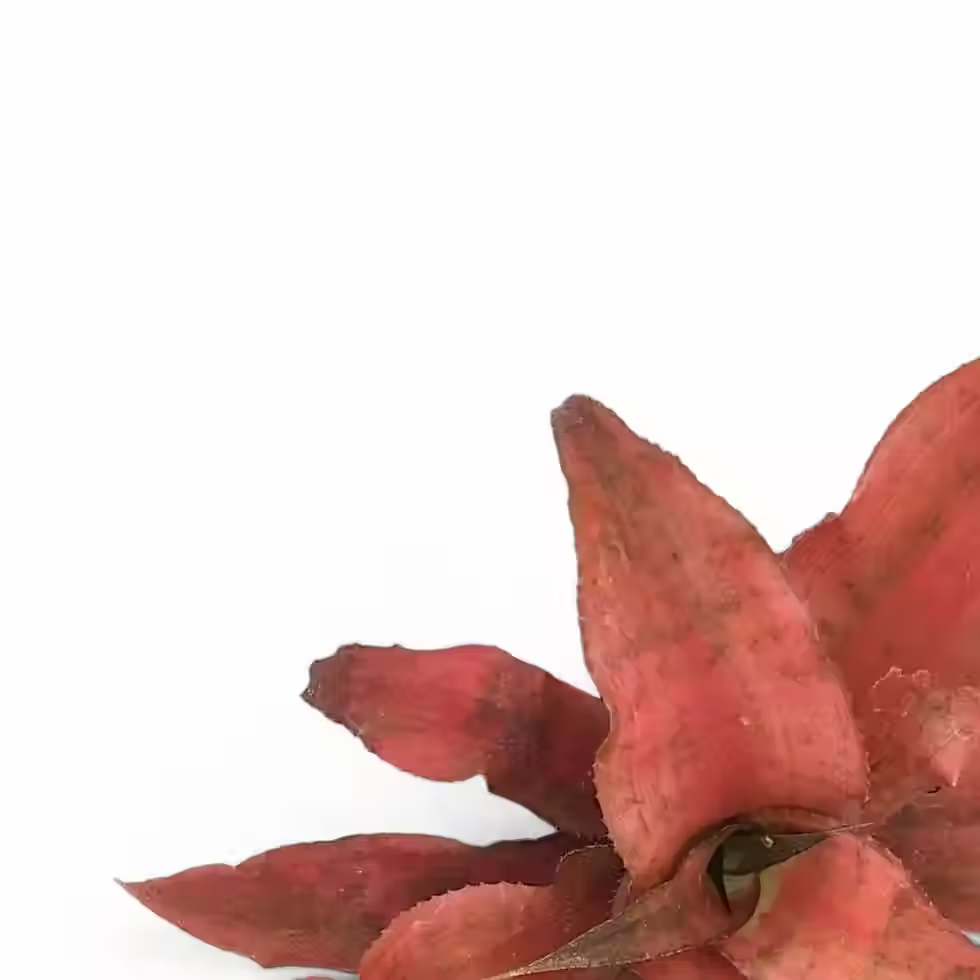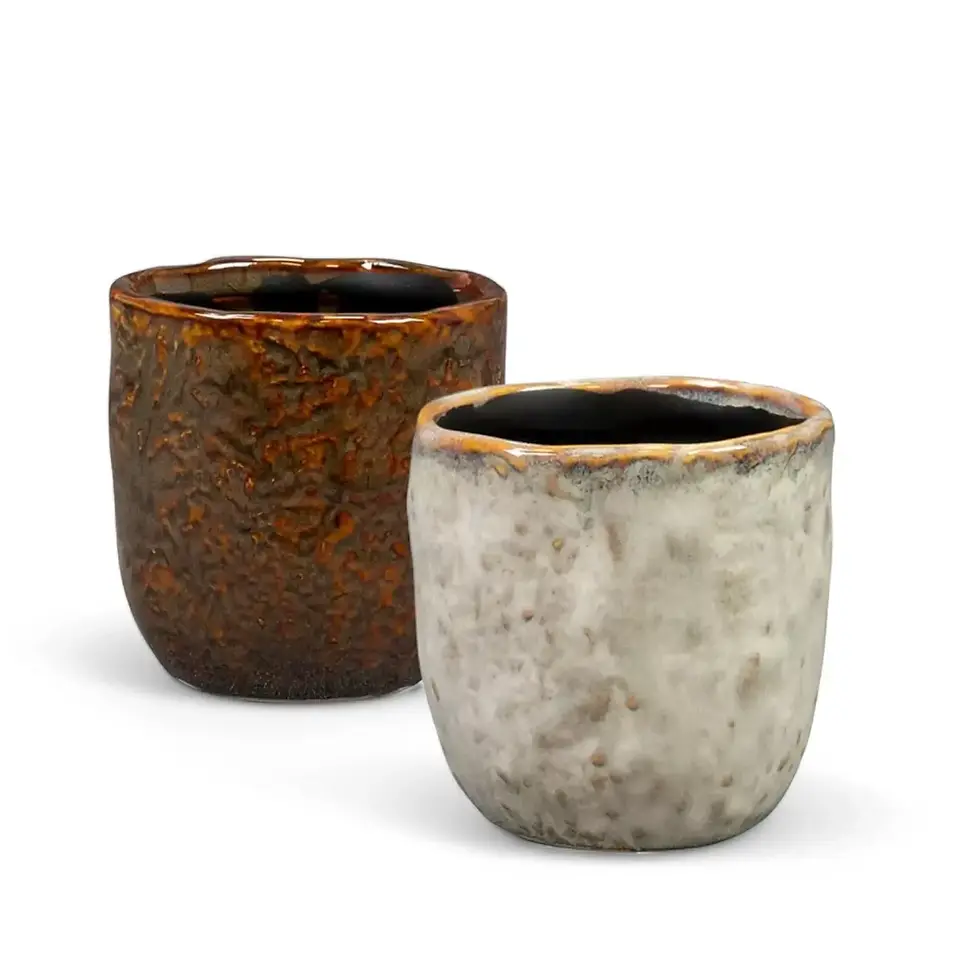Pilea ovalis 'Moon Valley' - Care Information and Plant Insights
Pilea ovalis 'Moon Valley' is an enchanting houseplant with textured leaves that resemble the lunar landscape, full of dimples and vibrant colors. This eye-catching plant features bushy, compact foliage with a bright green base and dark copper veins, making it a standout addition to any houseplant collection. If you're looking for something uniquely different, Pilea 'Moon Valley' is an ideal choice for both novice and experienced plant enthusiasts.
Key Features and Characteristics of Pilea ovalis 'Moon Valley'
- Textured Leaves: Deeply dimpled, bright green foliage with copper-colored veins.
- Compact Growth: Fits perfectly on tabletops, windowsills, or shelves.
- Unique Aesthetic: The combination of vivid colors and intricate texture makes it a must-have centerpiece.
Comprehensive Care Guide for Pilea ovalis 'Moon Valley'
To keep your Pilea ovalis 'Moon Valley' healthy and thriving, follow these care tips:
→ Light and Placement Requirements
Pilea 'Moon Valley' thrives in bright, indirect light. Avoid placing it in direct sunlight, as too much can scorch its delicate leaves. A north or east-facing window with filtered light is ideal.
→ Watering Needs
Let the top 2-3 cm of soil dry out before watering again. Water thoroughly, but avoid waterlogging, as this can lead to root rot. Consistent but moderate watering is key to maintaining health.
→ Humidity Preferences
Moderate humidity levels are ideal. Placing it near other plants or in a bathroom with good natural light can help maintain the right humidity.
→ Ideal Temperature
Thrives in standard indoor temperatures between 18-24°C. Keep away from cold drafts, air conditioners, or heating vents.
→ Soil Type
Use a well-draining potting mix with coconut coir, perlite, and potting soil for optimal aeration.
→ Repotting and Pot Choice
Repot every 1-2 years or when root-bound. Use a pot with drainage holes to prevent excess water retention.
→ Fertilizing Tips
Use a balanced liquid houseplant fertilizer once a month during the growing season. Avoid over-fertilizing to prevent nutrient burn.
→ Propagation Techniques
Easily propagated from stem cuttings. Place cuttings in water or soil, and roots should form within a few weeks.
→ Hydroponic Adaptation
This Pilea can adapt to hydroponic growing. Rinse the roots thoroughly before transitioning and provide proper hydroponic nutrients.
→ Pruning Practices
Regularly pinch off growing tips to promote bushy growth. Pruning also removes damaged or older leaves, keeping the plant vibrant.
Pilea ovalis 'Moon Valley' - Common Problems and Their Solutions
→ Pests to Watch For
Occasionally attracts mealybugs, spider mites, or aphids. Wipe leaves with a water and soap solution or use insecticidal soap if needed.
→ Yellowing Leaves
Often caused by overwatering. Allow soil to dry out more between waterings.
→ Root Rot Prevention
Ensure proper drainage and avoid overwatering. If roots become mushy, repot in fresh, dry soil.
→ Leaf Issues
- Browning Tips: Often due to low humidity or inconsistent watering. Increase humidity and maintain even moisture levels.
- Drooping Leaves: Can indicate underwatering or sudden temperature changes. Water thoroughly and avoid cold drafts.
- Yellowing Leaves: If not due to overwatering, it may indicate a nutrient deficiency. Feed monthly with a balanced fertilizer.
Extra Tips for Thriving Growth of Pilea ovalis 'Moon Valley'
Pinching back growing tips every few weeks encourages fuller growth. Placing it in a spot with consistent temperatures and filtered light will help it thrive. Understanding its natural habitat will allow you to replicate ideal growing conditions at home.
Etymology Insight
The genus name "Pilea" comes from the Latin word "pileus," meaning "felt cap," referring to the calyx covering the achene, a small fruit typical of plants in this genus.
FAQs About Pilea ovalis 'Moon Valley'
- How often should I water Pilea ovalis 'Moon Valley'? Allow the top 2-3 cm of soil to dry before watering. Moderate, consistent watering is best.
- Can Pilea ovalis 'Moon Valley' grow in low light? It can tolerate lower light but thrives in bright, indirect light. Low light may slow growth and reduce vivid leaf colors.
- How do I encourage fuller growth? Regularly pinch back growing tips to promote branching.
- Is Pilea ovalis 'Moon Valley' safe for pets? Yes, Pilea ovalis 'Moon Valley' is non-toxic to pets.
Order Pilea ovalis 'Moon Valley' today! This easy-care plant is ready to add texture and striking color to your living space.
Pilea ovalis 'Moon valley'
Pilea ovalis 'Moon valley' is approximately 12 cm tall and comes in a ⌀ 6 cm pot.

























































